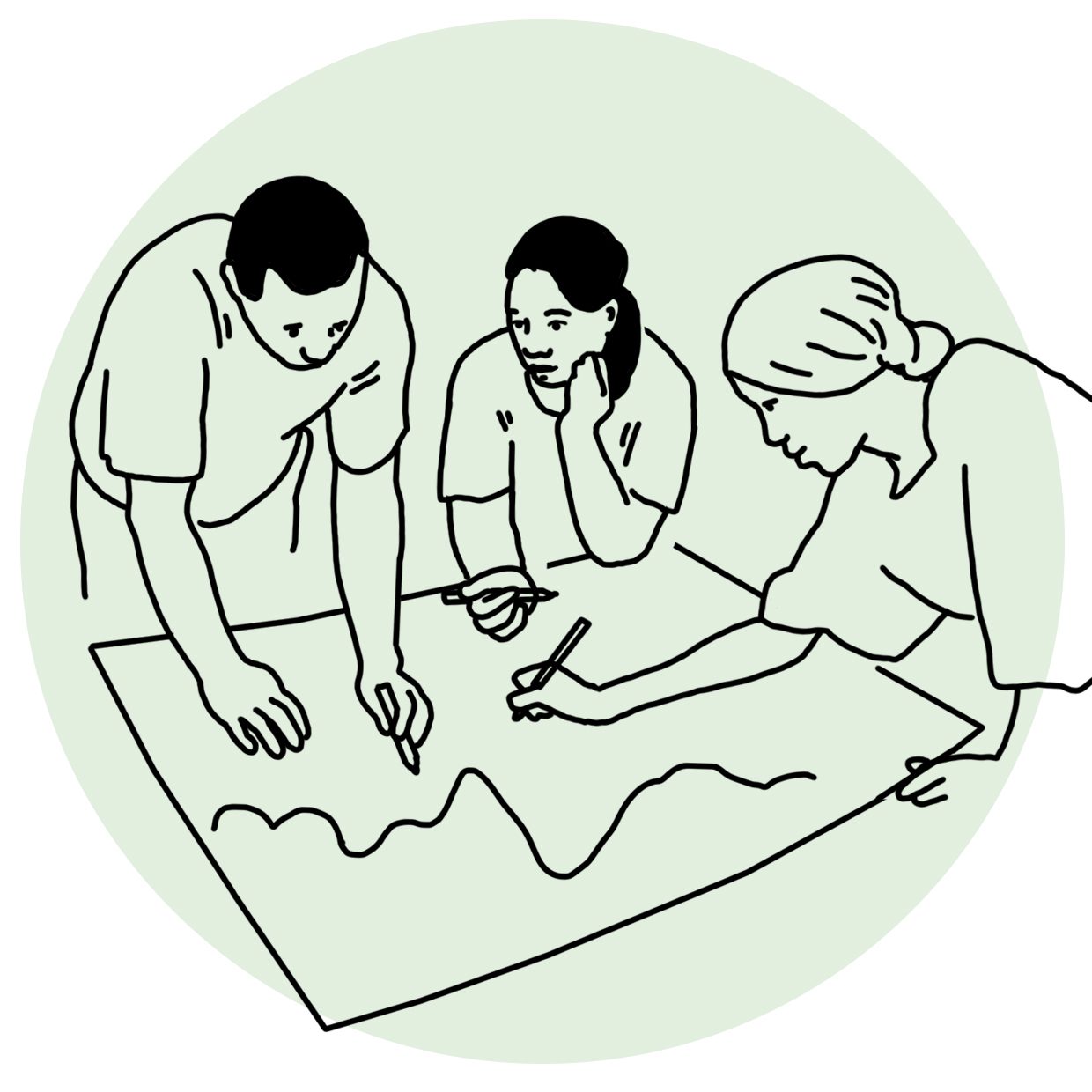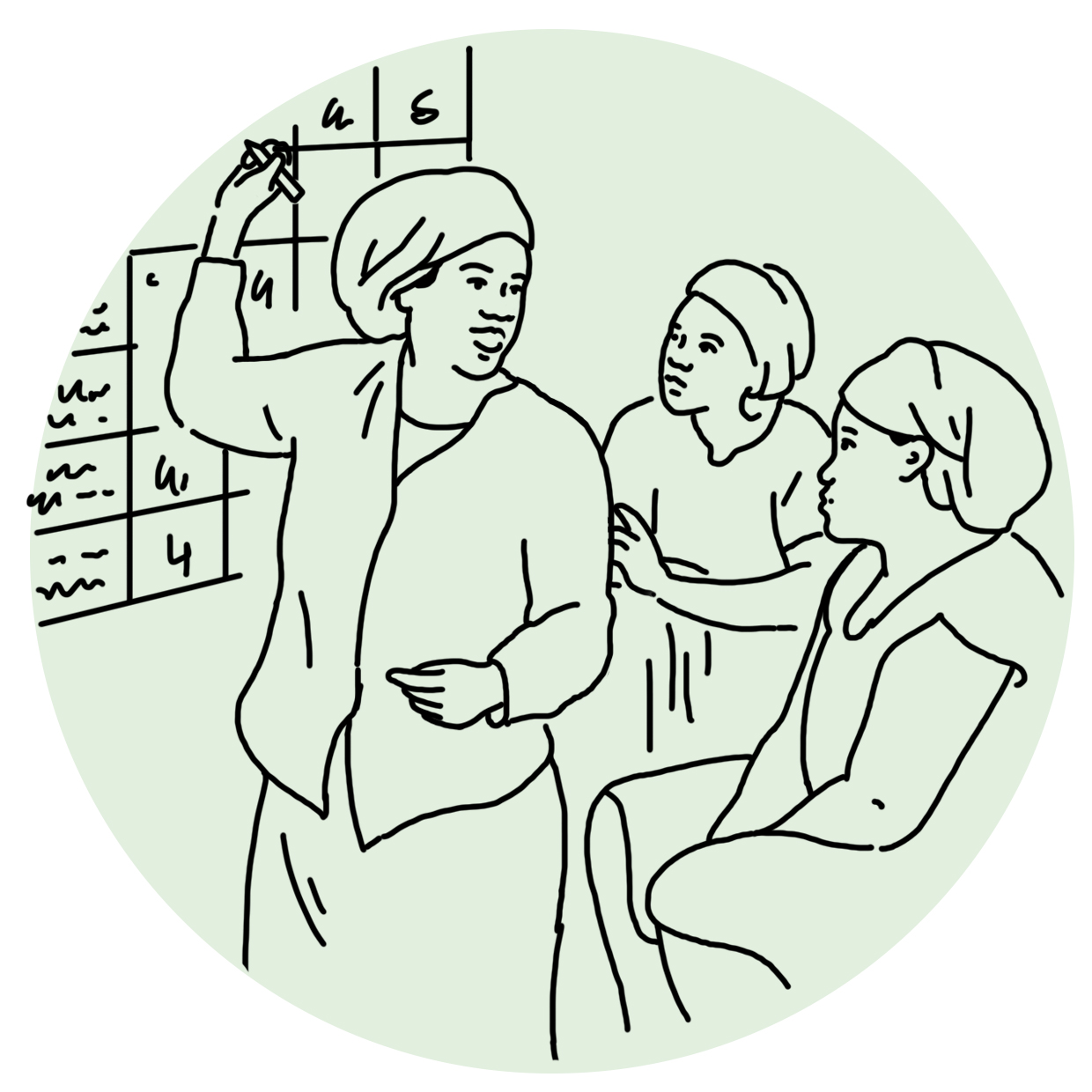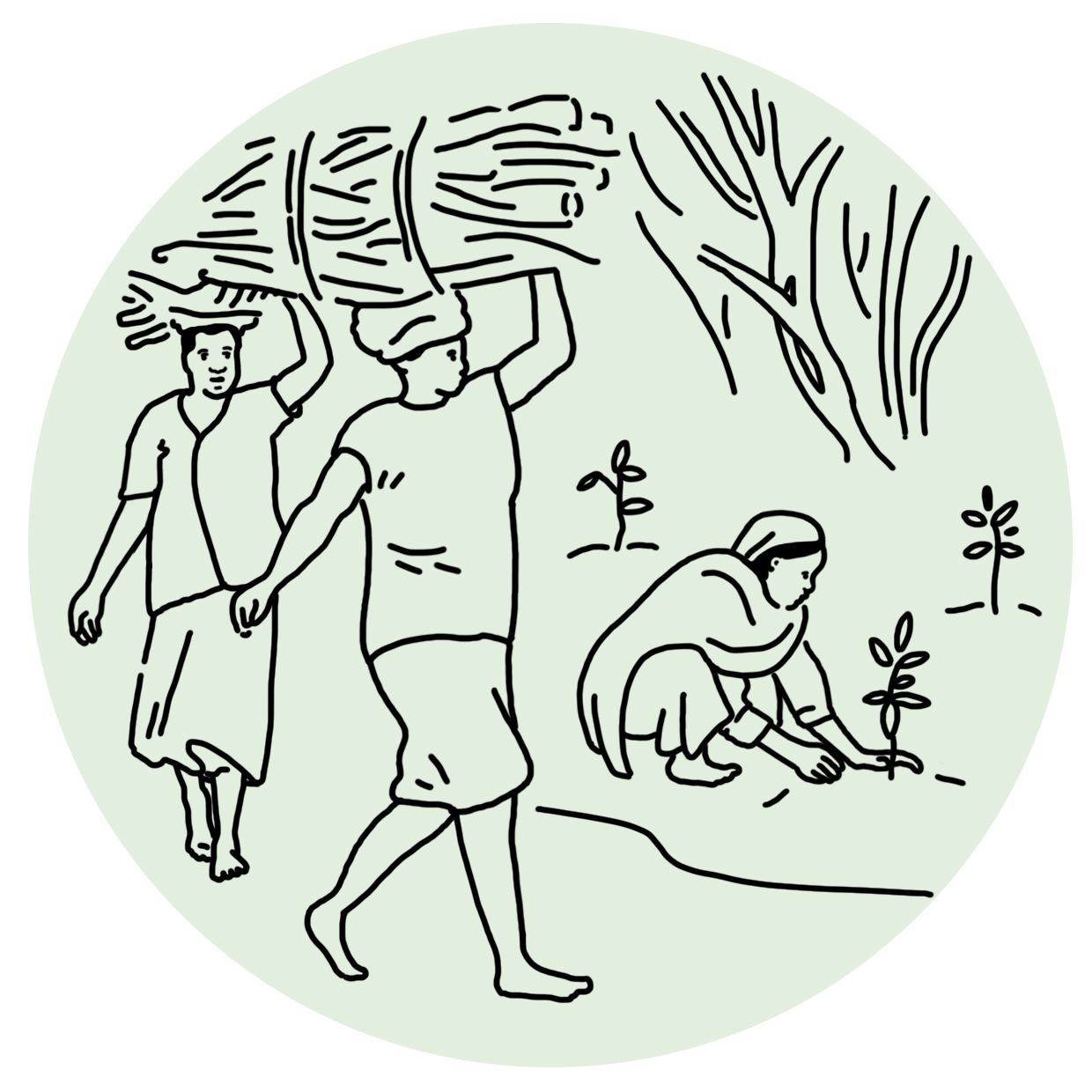The Tool
What is the PACDR?
The Participatory Assessment of Climate and Disaster Risks (PACDR) tool can help communities to identify local climate and disaster risks and to strengthen their capacity to respond to the challenges they face. The PACDR manual provides a simple and hands-on guidance for facilitators to implement the community assessment and action planning. Results can then inform project, program, and community planning.
The PACDR tool and this manual are designed to be self-explanatory to the degree that first-time users with experience in community-based participatory approaches and basic knowledge of climate change and disaster risk reduction can work their way through the modules without assistance. It is applicable in both, rural and urban settings. Non-governmental or community-based organizations and district or local governments may initiate and facilitate the process. Community-level project developers, managers and field staff may also find the tool useful in assessing existing or planned development projects.
In detail, the tool enables users to:
- Understand how climate and other hazards affect lives and livelihood resources,
- learn how people and communities currently respond to these hazards,
- identify and plan adaptation and risk reduction options to enhance people’s resilience, and
- include gender and minority considerations throughout the assessment of climate and disaster risks.
The Modules
Module 1: Context assessment
Preparation of background material and compilation of information on the community
- Collection of community information
- Search for information on climate change and hazards, and on national climate change and disaster risk reduction policies
- Identification of regional climate change impacts and development of a community profile (Exercise 1: Community profile)

Module 2: Climate change and hazard analysis
Climate change and identification of hazards in the community
- Workshop kick-off: Understanding climate change and identifying hazards in the community (Exercise 2: Community hazards)
- Participatory mapping of resources and hazards (Exercise 3: Resource and hazard map)
- Creation of a seasonal calendar identifying events and periods of hazard-related stress (Exercise 4: Seasonal Calendar)


Module 3: Hazard impact assessment
Analysis of vulnerable livelihood assets and resources and assessment of the impacts of hazards
- Creation of a hazard impact matrix (Exercise 5: Hazard impact matrix)
- Understanding of climate change trends

Module 4: Adaptation and risk reduction options
Survey and assessment of community responses to cope with climate and disaster impacts
- Collection and evaluation of existing community responses (Exercise 6: Current community responses and additional options)
- Identification and assessment of additional risk reduction options
- Consideration of challenges, needs, and opportunities

Module 5: Analysis and synthesis of results
Summary of main findings
- Creation of a synthesis report with the main findings and conclusion (Exercise 7: Synthesis report)

Module 6: Community action planning
Presentation and discussion of the synthesis report
- Presentation and discussion of the synthesis
- Prioritisation of practices and measures
- Action planning and outlook (Exercise 8: Action planning)
- Presentation to the wider community
- Post-workshop activities



